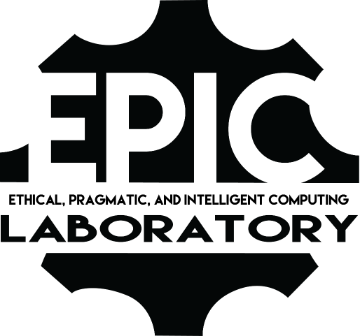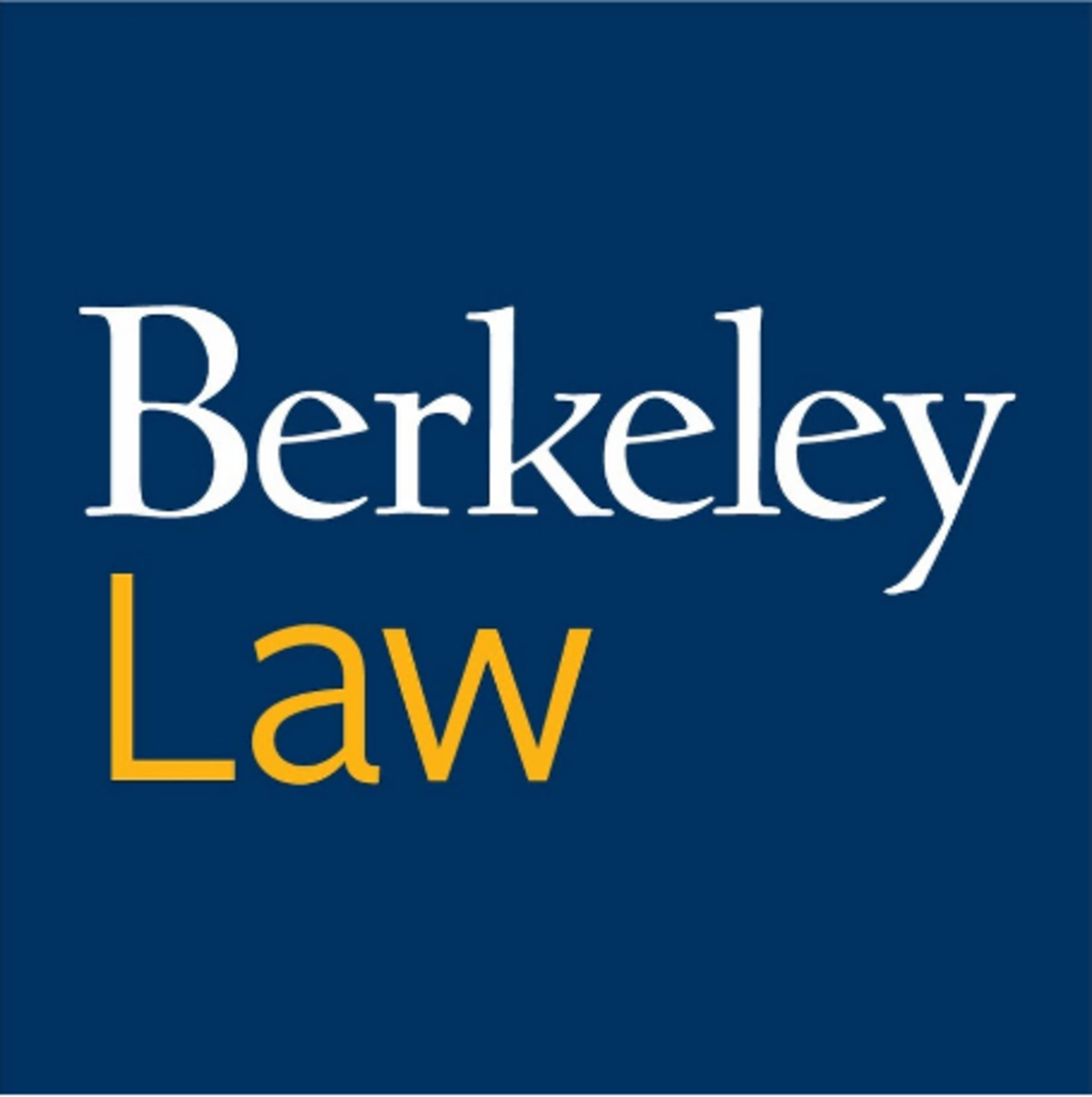What Does This Project Do?
The Paper Prisons Initiative conducts empirical research to measure,
study, and narrow
the Second Chance Gap
- the difference between eligibility and delivery of relief from the
criminal justice system. This website provides
reports
and information on state “second chance expungement gaps” - the
difference between eligibility and delivery of expungement - using the
methodology described in
America's Paper Prisons: The Second Chance Gap
(Mich. Law. Rev. 2020)
Our
RJA tool
disseminates information about racial disparities in the
California criminal justice system to support Racial Justice Act
Claims using the approach described in
Proving Actionable Racial Disparity Under the California RJA
(UC L. Journal, 2023).
79M
- or one in three American adults- have a criminal record.
20-30M
Americans are eligible to have their record expunged.
11M
Americans cannot drive legally for reasons unrelated to driving
5.2M
Americans barred from voting due to a prior felony
2.3M
Americans are incarcerated
44K
seperate collateral consequences restrict ex-offenders after being released
A staggering number of Americans live in a paper prison due to contact with the criminal justice system
Across the country, every state has passed “second chance” legislation to, under certain circumstances, allow Americans to clear their criminal records, get back their right to vote, and shorten their sentences. These “second chances” are intended to lower barriers to full reintegration into society and unlock opportunity for millions of Americans. But our research documents that only a small fraction of those eligible for relief have received it, placing tens of millions of Americans in the “second chance gap.”
We produce reports and research that estimate the number of population stuck in “paper prisons” due to their inability to access second chance relief.
Through our empathy hackathons, we partner with nonprofits and changemakers to build tools and technology to address second chance gaps and to raise awareness of the barriers that population often face after they’ve served their time, and to further the creative and innovative approaches to building an integrated society they are developing.



